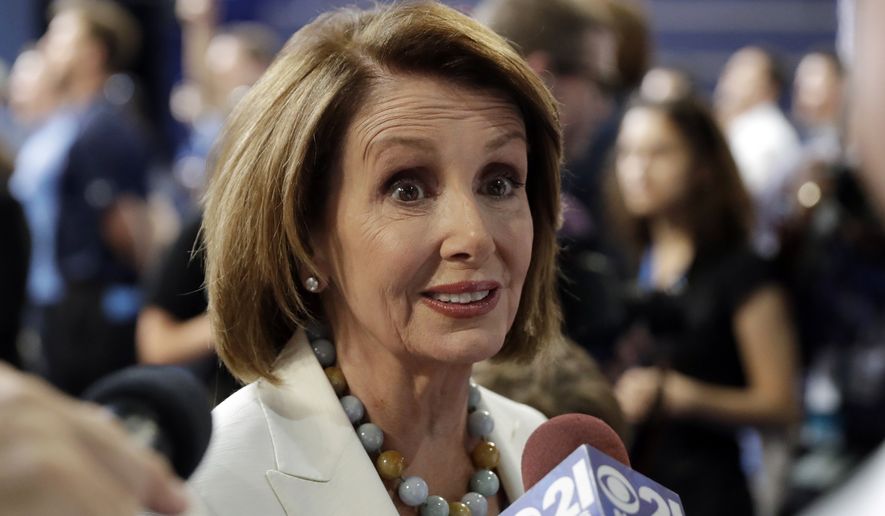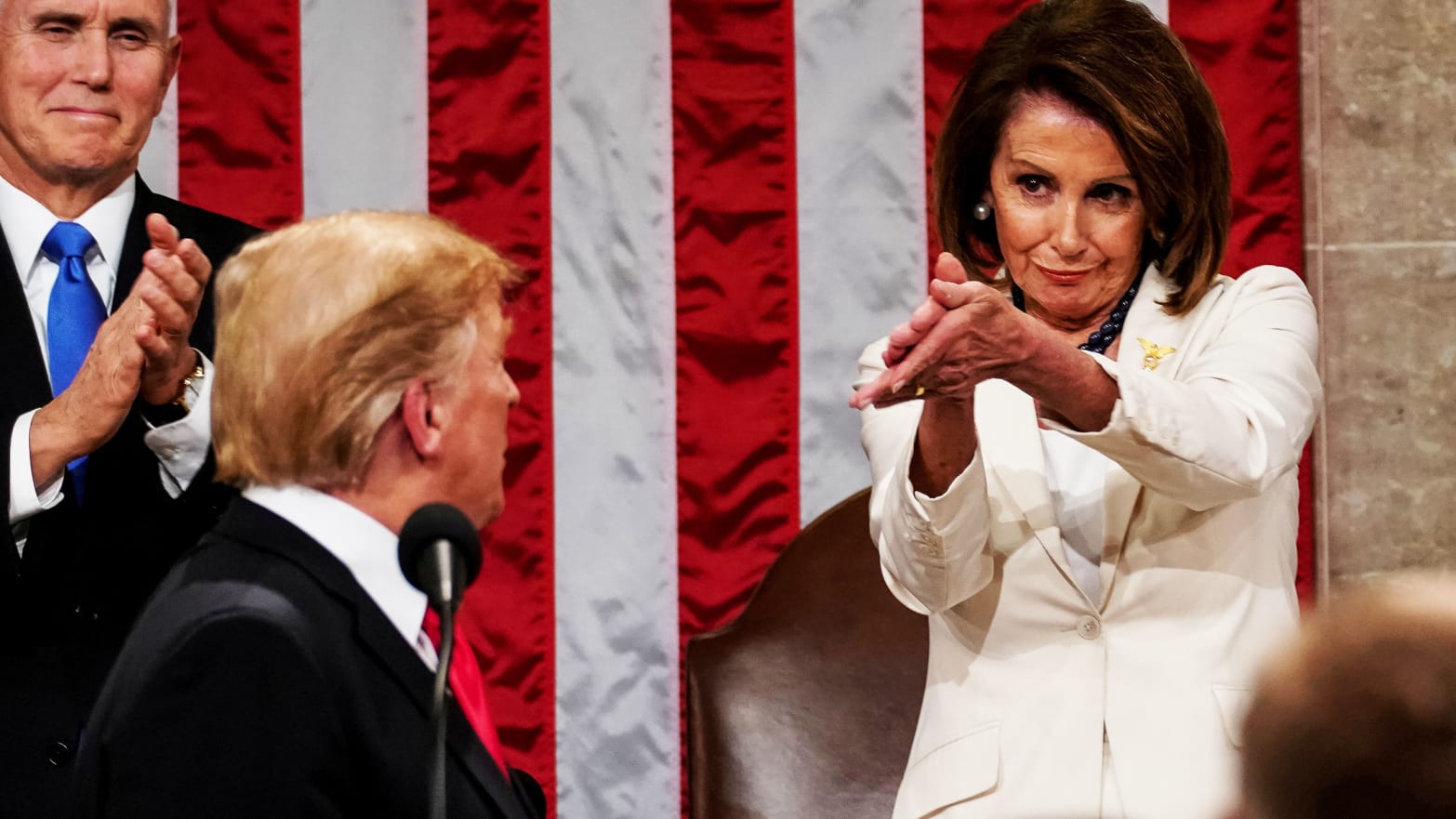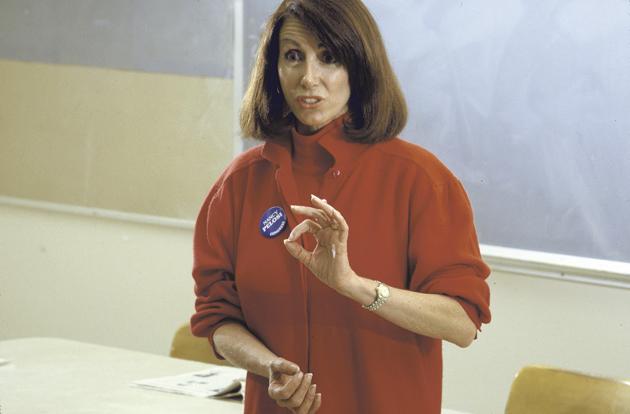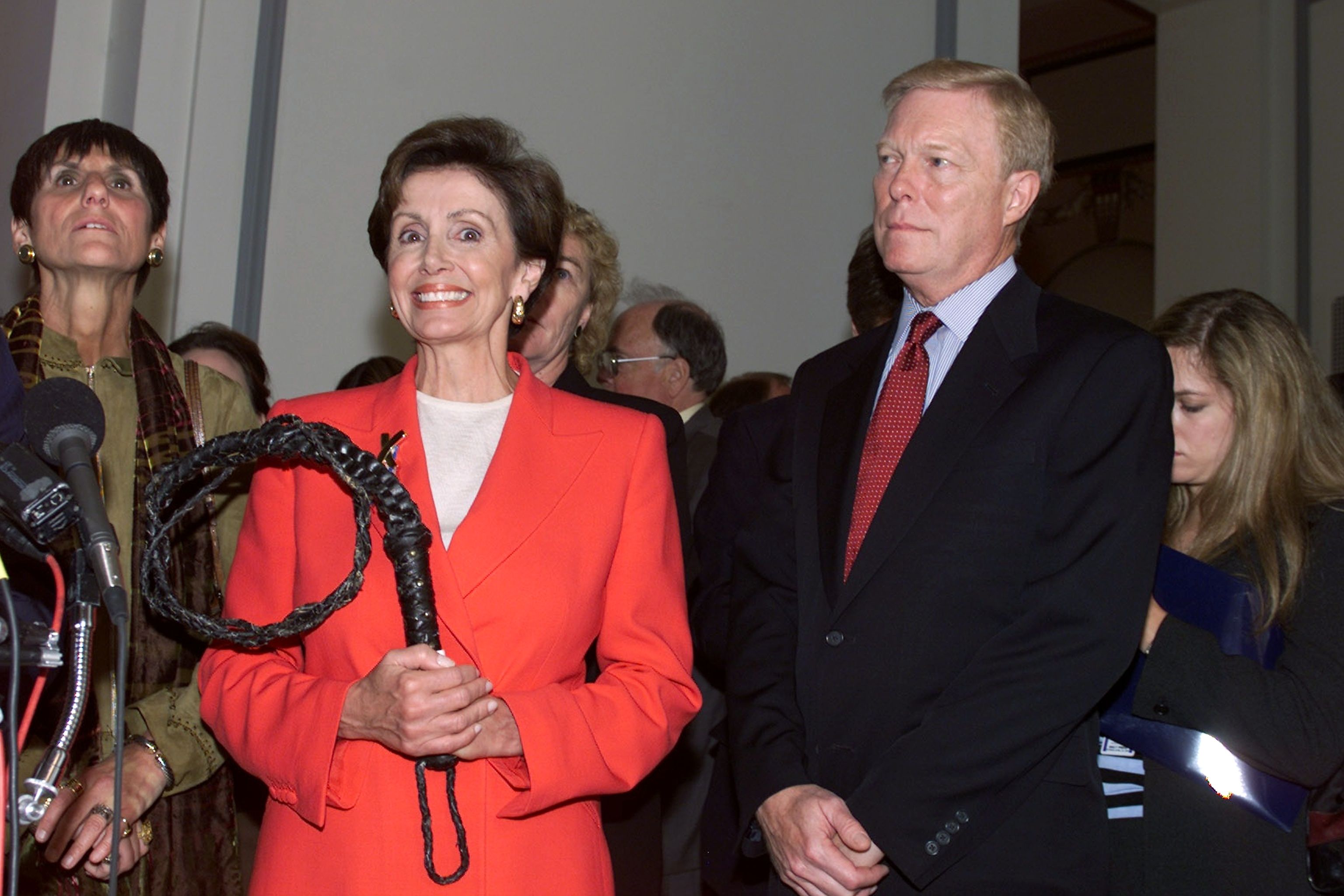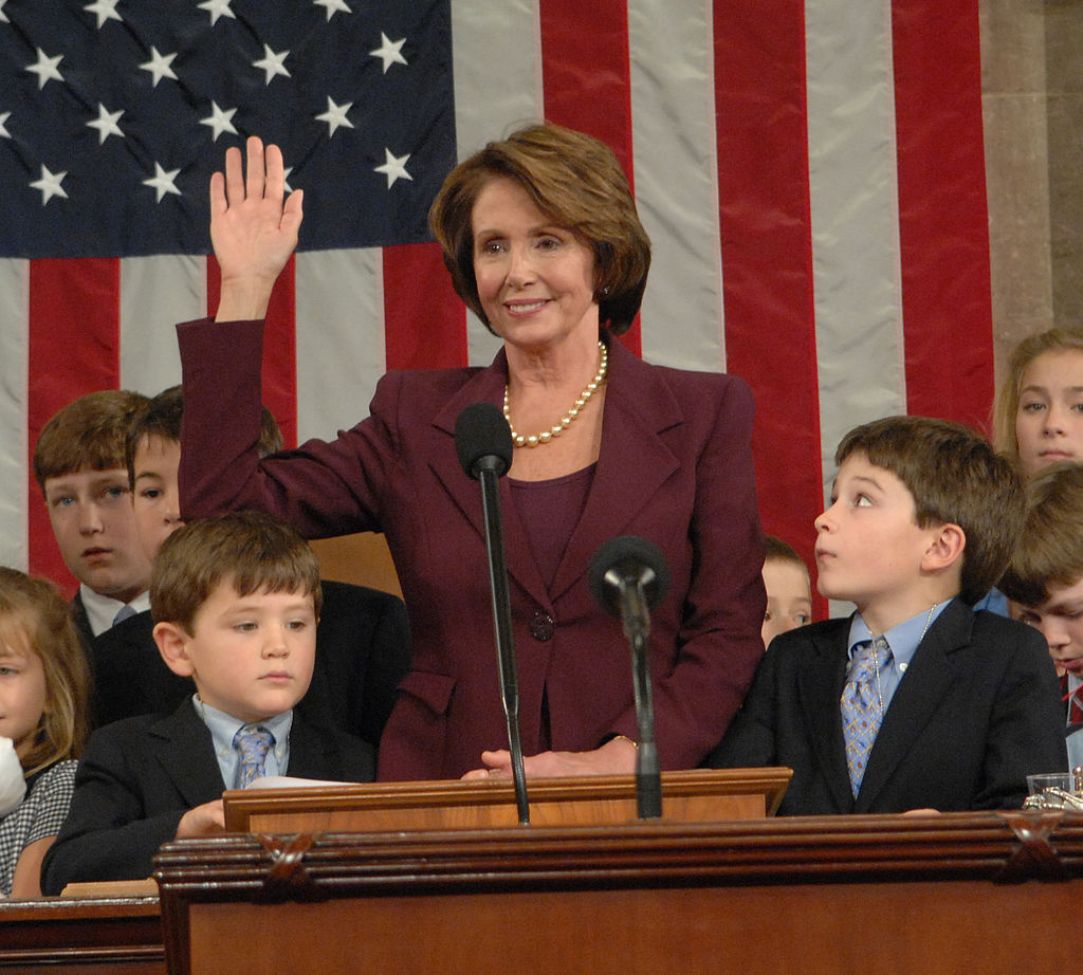
Trump Warns of ‘Painful Two Weeks’ Ahead.
Government scientists said the virus could kill between 100,000 and 240,000 Americans, in spite of social distancing measures.
In a news conference, President Trump struck his most somber tone on the subject to date.
The top government scientists battling the coronavirus estimated Tuesday that the deadly pathogen could kill between 100,000 and 240,000 Americans, in spite of the social distancing measures that have drastically limited citizens’ interactions and movements.
Dr. Anthony S. Fauci, the nation’s leading infectious disease expert, and Dr. Deborah L. Birx, who is coordinating the coronavirus response, displayed the grim projection at a White House news conference and then joined President Trump in pledging to do everything possible to reduce the numbers even further.
President Trump officially called for another month of social distancing and warned that “this is going to be a very painful, very very painful two weeks” — even as he added that Americans would soon “start seeing some real light at the end of the tunnel.”
“I want every American to be prepared for the hard days that lie ahead. We’re going through a very tough few weeks,” Mr. Trump said, later raising his two weeks to three.
The scientists’ conclusions generally match those from similar models by public health researchers around the globe. Mr. Trump, who spent weeks playing down the threat of the virus, congratulated himself for the projections, which he said showed that strict public health measures may have already curtailed the death toll. He suggested that as many as 2.2 million people “would have died if we did nothing, if we just carried on with our life.” By comparison, Mr. Trump said, a potential death toll of 100,000 “is a very low number.”
But on a day when the U.S. death toll from the coronavirus surged above 4,000, surpassing China’s official count, the pandemic’s personal and financial toll continued to play out across the nation.
A chorus of governors from across the political spectrum publicly challenged the Trump administration’s assertion that the United States is well-stocked and well-prepared to test people for the coronavirus and care for the sickest patients. In many cases, the governors said, the country’s patchwork approach had left them bidding against one another for supplies
In other states, hundreds of thousands of Americans — biting back shame and wondering guiltily about others in more dire straits — are asking for help for the first time in their lives. A startlingly high number of people may already be infected with the coronavirus and not showing symptoms, the director of the Centers for Disease Control and Prevention said. That realization is complicating efforts to predict the pandemic’s course and mitigate its spread, and has led the C.D.C. to consider broadening its guidelines on whether healthy people should wear masks.

N.Y.C. Death Toll Passes 1,000 as Mayor Pleads for More Help
The number of coronavirus cases in New York State topped 75,000.
Help is arriving as the death count grows, Mayor de Blasio said.
More than 500 paramedics and emergency medical technicians, 2,000 nurses and 250 ambulances are heading to New York City from across the United States to shore up a health care system that is being buried under an avalanche of coronavirus patients, Mayor Bill de Blasio said on Tuesday.
The mayor’s remarks came with the city’s death toll at 932 and more than 40,000 virus cases confirmed. Hours later, city officials reported that 1,096 people had died of the virus.
The mayor announced the arriving reinforcements while speaking at the U.S.T.A. Billie Jean King National Tennis Center in Flushing, Queens, which is being converted to an emergency hospital amid a surge in virus patients in the borough, especially at Elmhurst Hospital.
“This coming Sunday, April 5, is a demarcation line,” he said, zeroing in again on what he has called a critical date. “This is the point at which we must be prepared for next week when we expect a huge increase in the number of cases.”
The mayor also said that the city would be closing 10 playgrounds where people had not been adhering to social-distancing rules.

The daily number of new deaths in New York State has increased 31 percent a day on average for the past week, and the death toll has tripled in four days.
The statewide number of confirmed cases increased by 9,298, to 75,795.
The number of patients hospitalized passed 10,900, up 15 percent from Monday. Of those, 2,710 were in intensive care rooms with ventilators.
Faced with a crush of patients, besieged NYC hospitals struggle with life-or-death decisions
In the chaos of New York City, where coronavirus deaths are mounting so quickly that freezer trucks have been set up as makeshift morgues, several hospitals have taken the unprecedented step of allowing doctors not to resuscitate people with covid-19 to avoid exposing health-care workers to the highly contagious virus.
The shift is part of a flurry of changes besieged hospitals are making almost daily, including canceling all but the most urgent surgeries, forgoing the use of isolation rooms, and requiring infected health workers who no longer have a fever to show up to work before the end of the previously recommended 14-day self-isolation period.
Last week, DNRs or do-not-resuscitate policies for coronavirus patients who stop breathing, or are in cardiac arrest, were being discussed as part of worst-case scenario planning — ideas dismissed late last week by Deborah Birx, the White House coronavirus coordinator, saying, “there is no situation in the United States right now that warrants that kind of discussion.”
Over the past few days, however, as the city’s death count topped 1,000 with 10,900 people hospitalized amid predictions the peak of the crisis is still two weeks off, some hospitals and medical centers activated those protocols.
Those decisions are a reflection of a grim reality in which thousands of health-care workers have fallen ill, ventilators are so scarce that some hospitals have put two patients on one machine, and protective equipment like masks and gowns are in such short supply that some workers are sewing their own.
Spokespeople for Montefiore, NYU Langone Health, and New York-Presbyterian’s Brooklyn Methodist said no new systemwide resuscitation protocols have been adopted. But doctors and nurses at those facilities say some doctors have been informally allowed in recent days to override a covid-19 patient’s “code status” — the part of their medical record that expresses their desire for lifesaving medical intervention.
Maimonides Medical Center in Brooklyn said the hospital is actively discussing the move with community and religious leaders, but has not adopted it yet.Leaders of hospitals in the New York City area have sought to emphasize to staff the danger of viral transmission posed by the standard “all-hands approach” to resuscitation, as well as the low survival chances for patients. Staff rush in to perform chest compressions and pump oxygen into the lungs. Ribs might be broken, veins punctured in the rush to insert IV lines. Nearly all patients who are resuscitated will need a ventilator, and many will die within the first 24 to 48 hours, even if health-care workers do everything they can.
Alice Thornton Bell, an advanced practice registered nurse and a senior director at Advisory Board, a hospital consulting firm, said just under 17 percent of people who are resuscitated in a hospital survive long enough to leave it —“We will see a lot of deaths,” one doctor typed in a grim text Saturday explaining the shift in protocol, “but they will happen nevertheless earlier or later.”
At Elmhurst, according to a protocol that was communicated to staff on Saturday and again on Sunday and was shared with The Washington Post, doctors would be able to unilaterally designate coronavirus patients as DNR and/or DNI — do not intubate — which means they will not be eligible for a ventilator, even if it goes against the wishes of the patient or family. Getting the agreement of a second doctor is “optimal,” the guidance states, but is not required. The language of the ethical framework states that if the order is in effect, doctors have no “no obligation to offer or initiate” the treatment, allowing them to make decisions on a case-by-case basis.
At NYU Langone Health on Saturday, the head of emergency medicine emailed other doctors urging them to “think more critically” about who gets ventilators, according to The Wall Street Journal. Robert Femia emphasized that doctors have “sole discretion” to put patients on ventilators and that they will be supported if they decide to “withhold futile intubation” for covid-19 patients. NYU Langone said in a statement that those guidelines were in place before this crisis but officials felt it was important to “re-emphasize” them to assure doctors “the decisions they make at the bedside would be supported.”
A physician at New York-Presbyterian’s Brooklyn Methodist said doctors have been told not to perform CPR except in rare cases where the patient is young, otherwise healthy and is judged to have a good chance of recovery. For some patients, he said, “we are pretty much doing nothing.”
In some of the hardest hit New York area hospitals, doctors and nurses described everything — and perhaps everyone — as potentially contaminated. They said even some patients without covid-19, who have been kept on separate, cordoned off wings, are becoming infected.
Four in 10 New York tenants may not pay April rent.
The true economic toll of all but shutting down New York City to stem the spread of the coronavirus is likely to become clearer on Wednesday when April rent is due.
In just a month’s time, the lives of millions of New Yorkers have been turned upside down, with many of them losing their jobs and now worrying about paying their bills.
“It’s gotten to this point where I really cannot pay rent because doing so would jeopardize my ability to buy food or basically survive,” said Henry True, 24, a musician and freelancer who pays $600 a month for a bedroom in a shared apartment in Brooklyn.
No one knows for sure how many renters in New York City will have a hard time paying, but landlords and the real estate industry say they are bracing for perhaps as many 40 percent of tenants, if not more, skipping their April payments. There are about 5.4 million renters in the city, about two-thirds of the population. If a large share of them cannot make rent, landlords, especially smaller ones that operate on thin margins, will be unable to pay their own bills, property owners said. The largest annual bill for most property owners, real estate taxes, is due July 1. And property taxes make up about 30 percent of New York City’s revenue, which helps pay for basic city services.
Gov. Andrew M. Cuomo of New York has ordered a 90-day moratorium on evictions, a lifeline to people who cannot pay rent and are worried about losing their homes during the crisis. But that doesn’t wipe away that rent from having to be paid later on. While tenants will be protected, landlords have not yet been provided similar protections. Mr. Cuomo has urged banks to waive mortgage payments for three months, but he does not have the authority to order them to do so.
Other bills, such as water and sewer, have not been postponed. “The banks aren’t going to let you off the hook,” said Mr. Strasburg, adding that the federal government should require banks to provide relief on mortgage payments. Mr. Strasburg said landlords who have first-floor commercial tenants, such as restaurants, fear that those tenants too will not be paying rent in April.
Both tenant advocates and property owner representatives said renters who have lost their jobs should ask their landlords whether they could pay a smaller portion of the rent or work out a payment plan.
Nearly 1 in 30 city police officers have been infected.
The coronavirus is taking a heavy toll on the nation’s biggest police department, with close to 1,200 New York City officers, more than 3 percent of the force, testing positive, Commissioner Dermot F. Shea said on Tuesday. Commissioner Shea said that about 15 percent of officers were on sick leave, at least four times the normal rate.
Five Police Department employees have died in the past week, and some employees have lost family members. “This thing does not discriminate,” he said
The Empire State of Mind is anxious, depressed and disconnected.
If in recent days you have felt like the collective anxiety in New York has been pervasive and overwhelming, a new survey suggests that you are right.
According to the latest week of data collected and analyzed by the CUNY Graduate School of Public Health & Health Policy, almost half of New York City residents — 44 percent — reported feeling nervous, anxious or on edge at least three days a week. And 35 percent of city dwellers said they felt down, depressed or hopeless a similar amount of the time.
The researchers had not asked those questions before, so it was unclear if the figures were higher than normal.
But the percentage of respondents who said they felt “not at all socially connected” in what is normally one of the world’s most bustling cities doubled in one week to 43 percent.
The data offers a measure of the city’s psychological well-being at a time when New Yorkers find themselves under extraordinary economic, emotional and health-related duress.
The survey found that the number of people reporting that they know someone who has tested positive for the coronavirus doubled in a week. And more than a third of respondents said they or someone in their household had lost a job.
Nursing homes threatened by the virus.
New York’s nursing homes have long been chronically understaffed, leaving loved ones to fill critical gaps in care. Now those family members are locked out, and workers are getting sick, quarantined or quitting because the work has become too dangerous.
Some nursing homes say they cannot get the personal protective equipment they need because it is going to hospitals.
At ArchCare, which runs five nursing homes, workers wear rain ponchos and beauticians’ gowns. By Sunday the five homes had around 150 cases of the virus, and a number of deaths, said Scott LaRue, the president.
“Coronavirus in a nursing home,” Gov. Andrew M. Cuomo said on Sunday, “can be like fire through dry grass.” In New York City, nursing homes account for one in four coronavirus deaths.
Depleted staffs means more residents per worker — and also more room for error or neglect, less time to fully scrub between residents and greater opportunities to carry the virus from one room or wing to another.
In understaffed homes, “people are not getting medication when it’s needed, are waiting a long time for diaper changes or other hands-on care,” said Susan Dooha, executive director of the Center for Independence of the Disabled, NY. “This was a problem before, but the current pandemic throws it into high relief.”
Why are journalists skipping Trump’s daily coronavirus briefing? Not enough news to risk their health.
There have been a lot more empty seats at President Trump’s daily press briefings — but no, news organizations aren’t boycotting the events in protest or attempting to silence him, despite what he suggested at a briefing earlier this week.
Instead, something else is afoot: Reporters are keeping their distance because they are concerned about the health risks at a time when many consider the president’s evening news conferences to have become increasingly less newsworthy.
The decision by such outlets as The Washington Post, New York Times and CNBC to stay away may be fundamentally changing the character of the briefings. With veteran White House reporters on the sidelines, the president has primarily engaged with TV journalists, including one from a small, far-right conservative news channel that rarely gets such a prominent stage.
